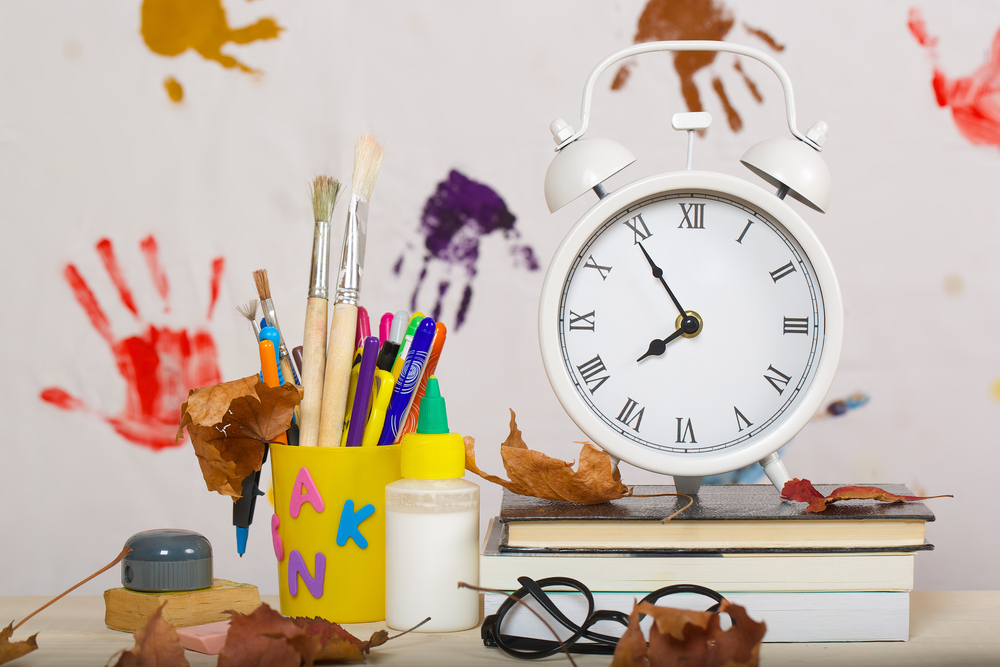Phonics practice Normal Alphabet Worksheets for Ages 3-6
12 filtered results
-
From - To
Discover our engaging Phonics Practice Normal Alphabet Worksheets for ages 3-6, specially designed to help young learners master the alphabet! Each worksheet blends fun activities with effective phonics exercises, ensuring kids can easily recognize and pronounce letters. From tracing and matching exercises to colorful illustrations, our resources encourage interactive learning. Tailored for preschoolers and kindergartners, these worksheets provide a solid foundation in reading and writing, promoting confidence and academic success. Perfect for parents and teachers, our printable worksheets transform learning the alphabet into an enjoyable adventure. Start laying the groundwork for literacy with Kids Academy today!
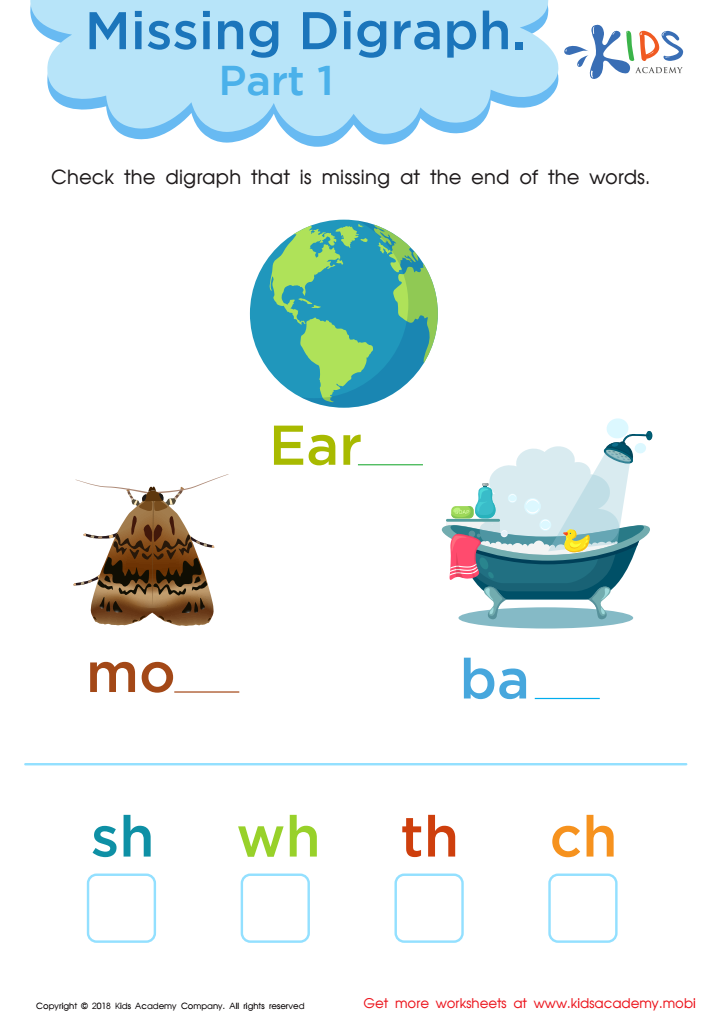

Missing Digraph: Part 1 Worksheet
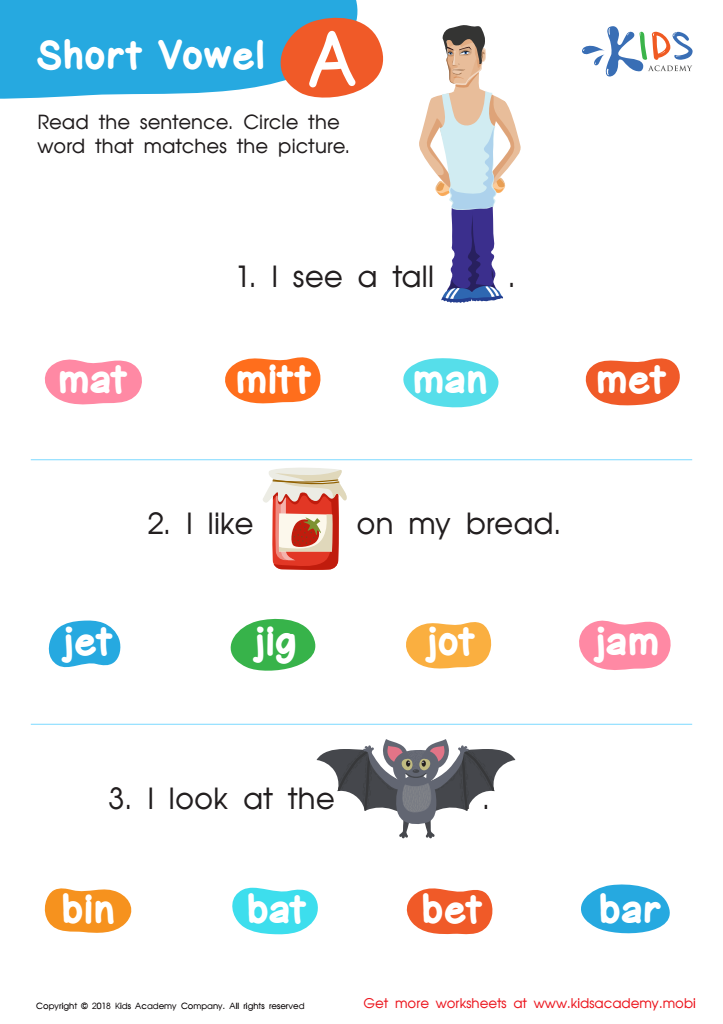

Short Vowel /a/ Worksheet
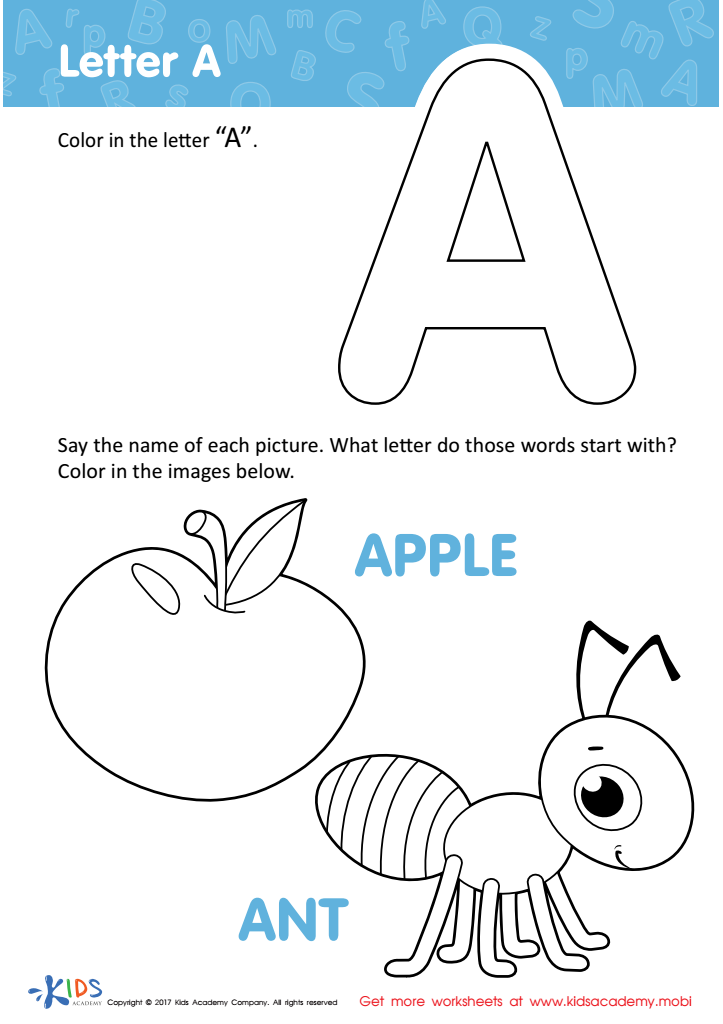

Letter A Coloring Sheet


short vowels Worksheet
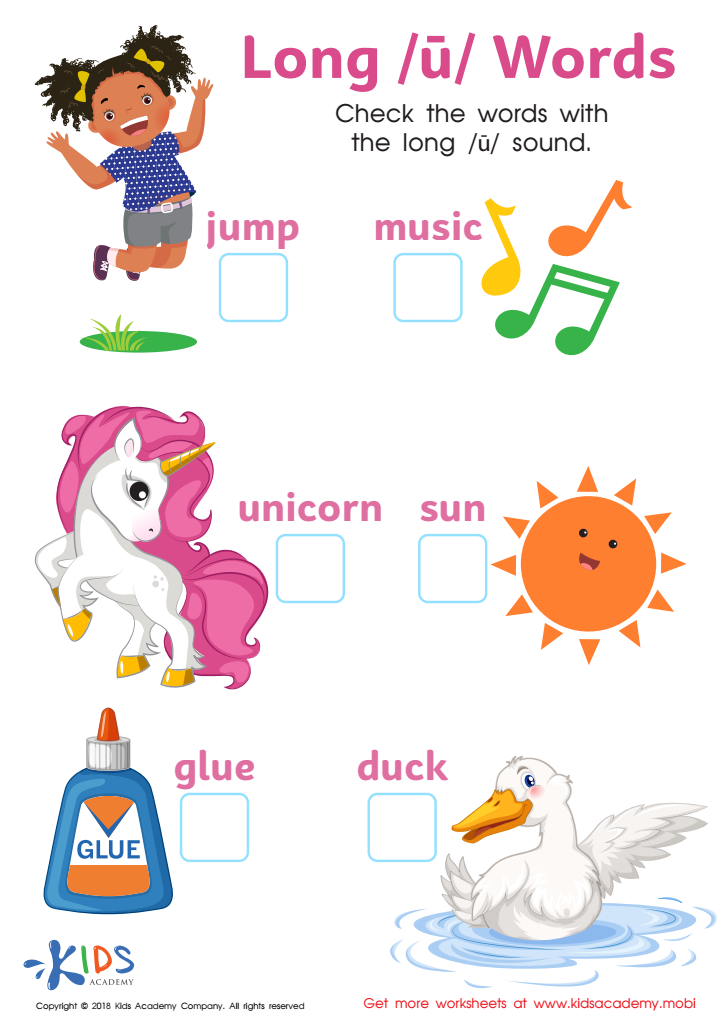

Long U Words Reading Worksheet
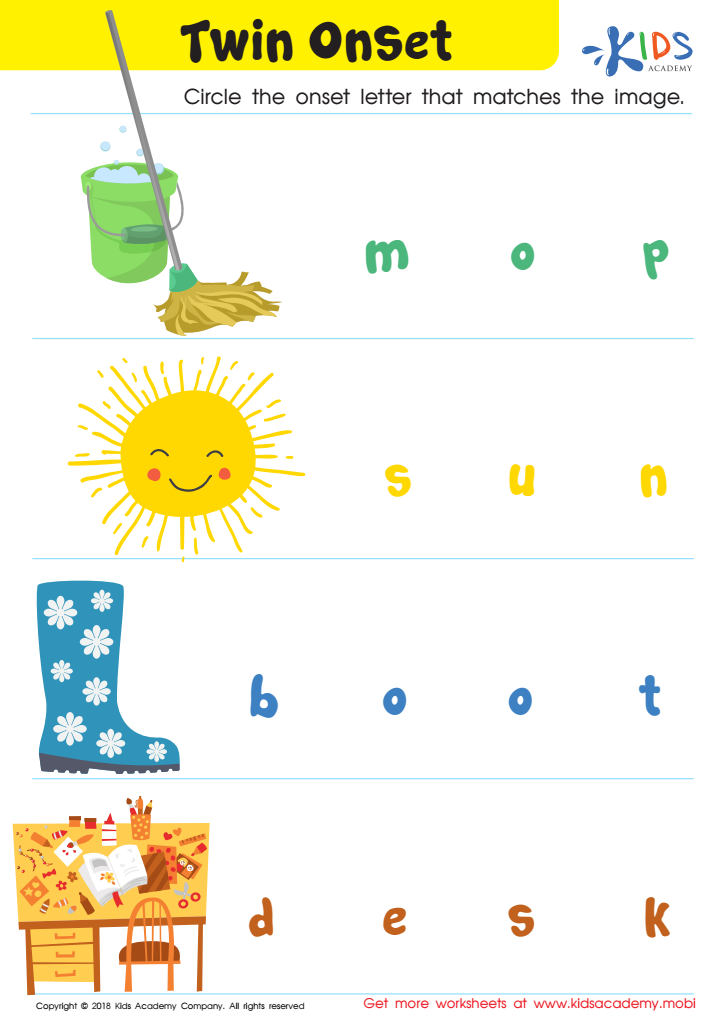

Twin Onset Worksheet
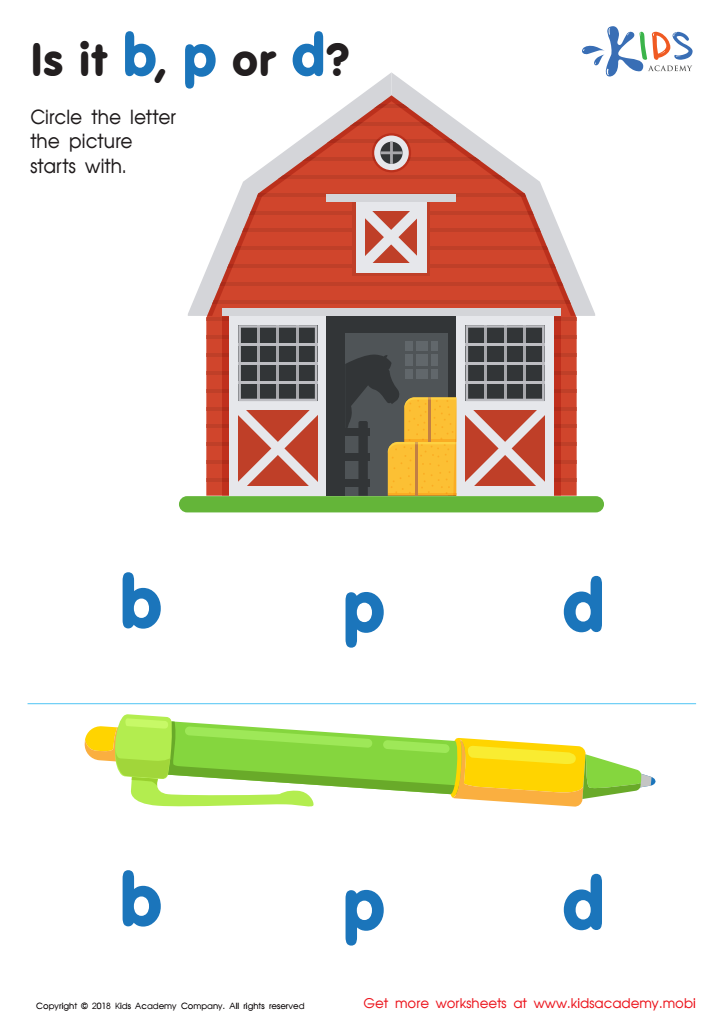

Is it b, p or d? Worksheet


Short Vowel Eggs Worksheet
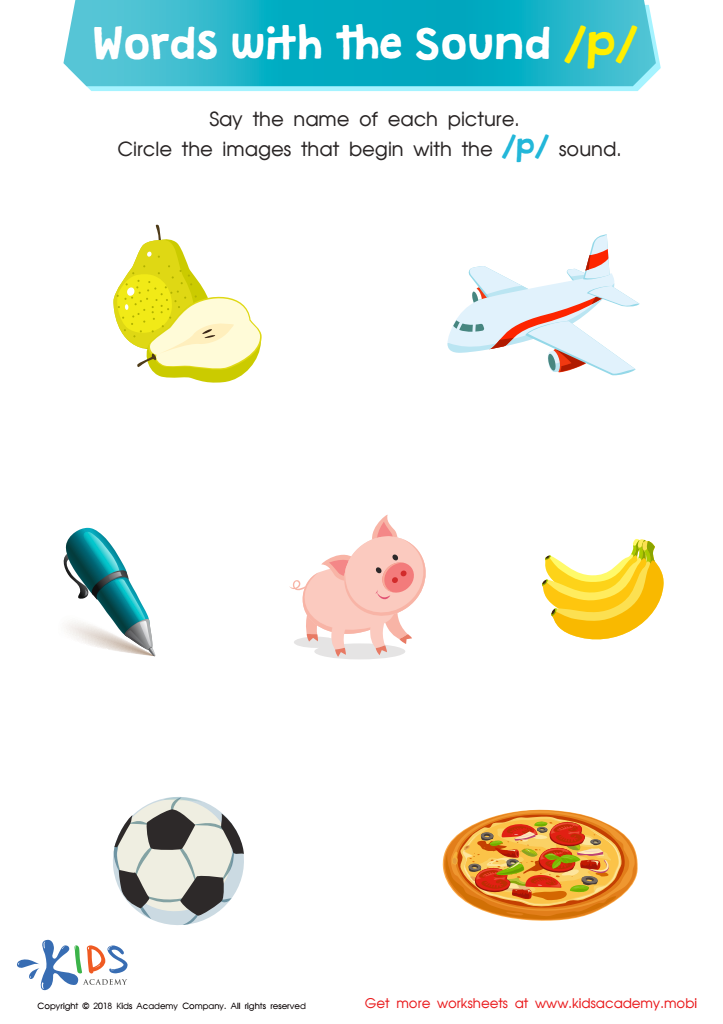

Words with sound p Reading Worksheet
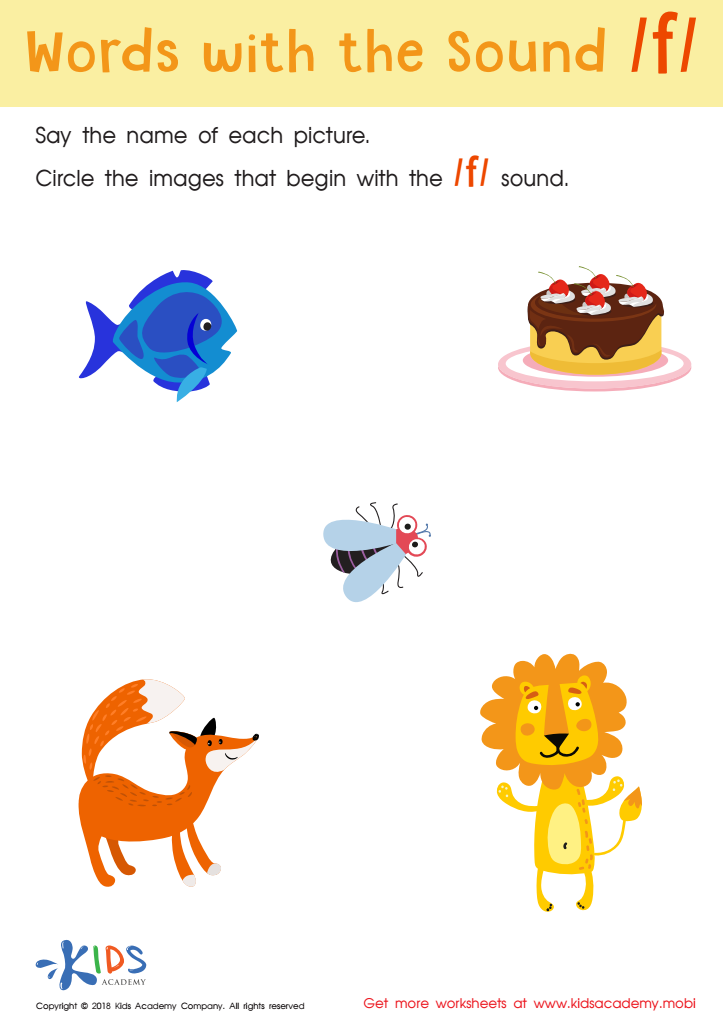

Words with sound f Reading Worksheet
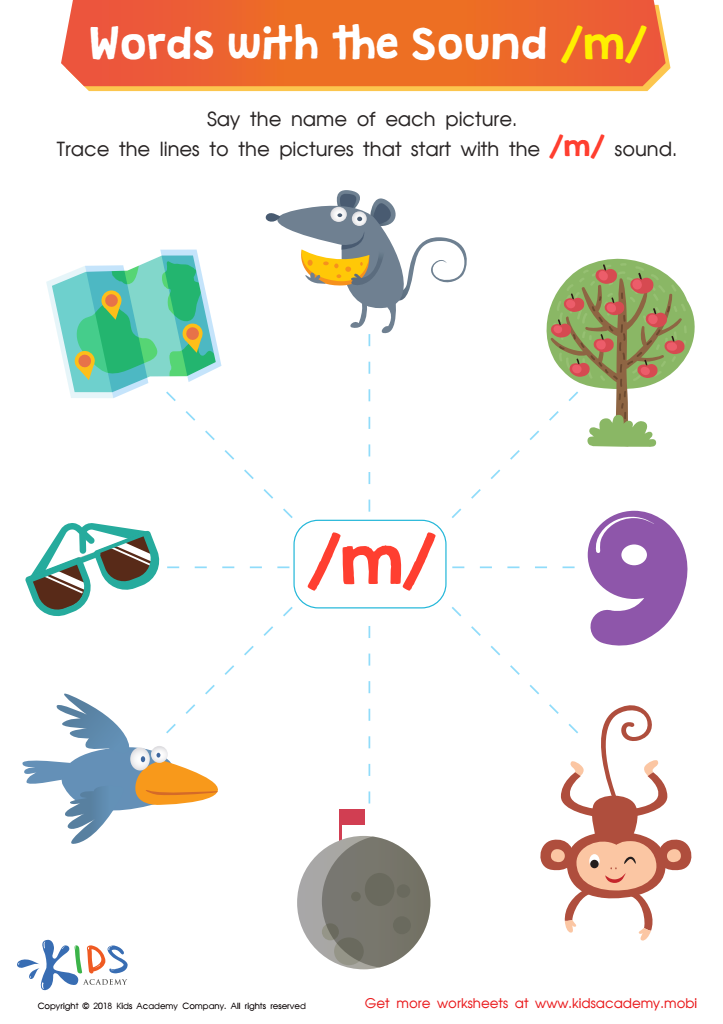

Words with Sound M Reading Worksheet
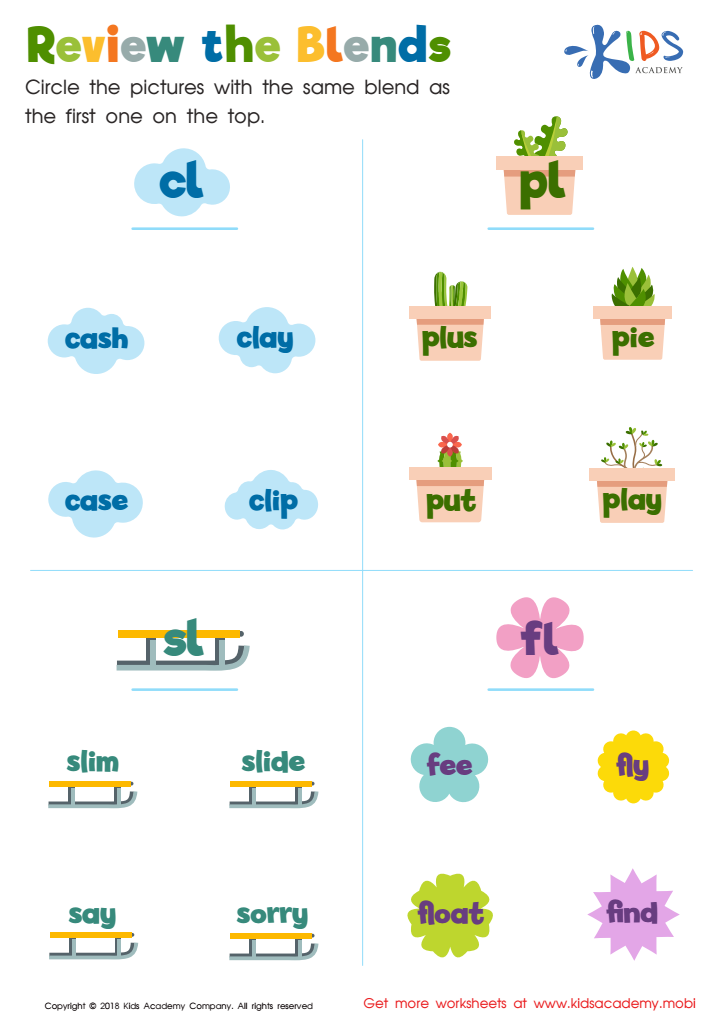

Review the Blends Worksheet
Phonics practice using the normal alphabet for ages 3-6 is crucial because it lays the foundation for essential reading and writing skills. During this early developmental stage, children's brains are highly receptive to learning language, making it the perfect time to introduce phonics. By understanding the relationship between letters and their corresponding sounds, children can decode words more effectively, leading to improved reading fluency and comprehension.
Phonics practice also facilitates better spelling, as children learn to segment words into individual sounds, making it easier to spell them. This understanding is vital for their overall language development and communication skills, which directly impact their academic performance and confidence.
For parents and teachers, fostering phonics proficiency from a young age helps instill a love for reading. Reading is a gateway to knowledge and imagination, and children who are confident readers are more likely to enjoy books and learning in general. This early encouragement can set the tone for a positive attitude towards education throughout their lives.
Additionally, regular phonics practice can identify potential learning difficulties early, allowing for timely intervention and support. Overall, investing time in phonics practice equips children with the critical tools needed for academic success and lifelong learning.

 Assign to My Students
Assign to My Students








